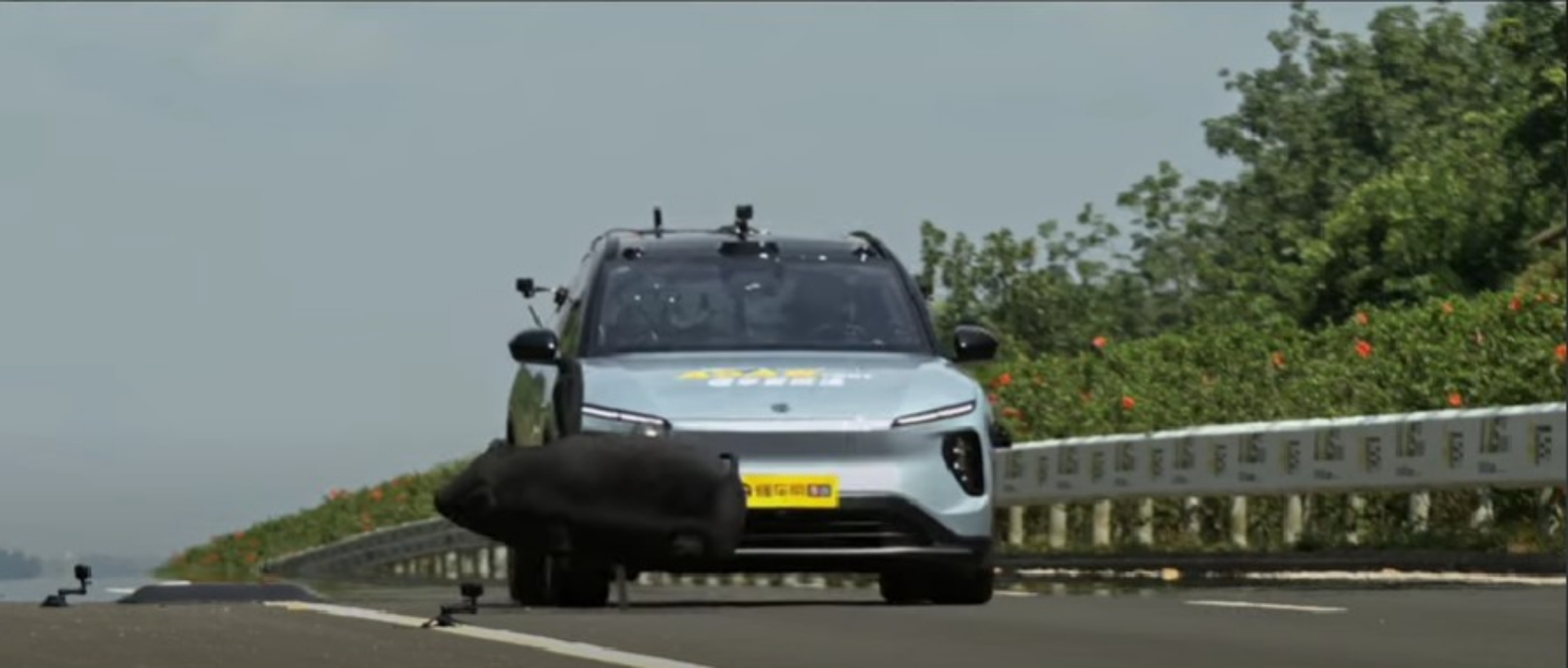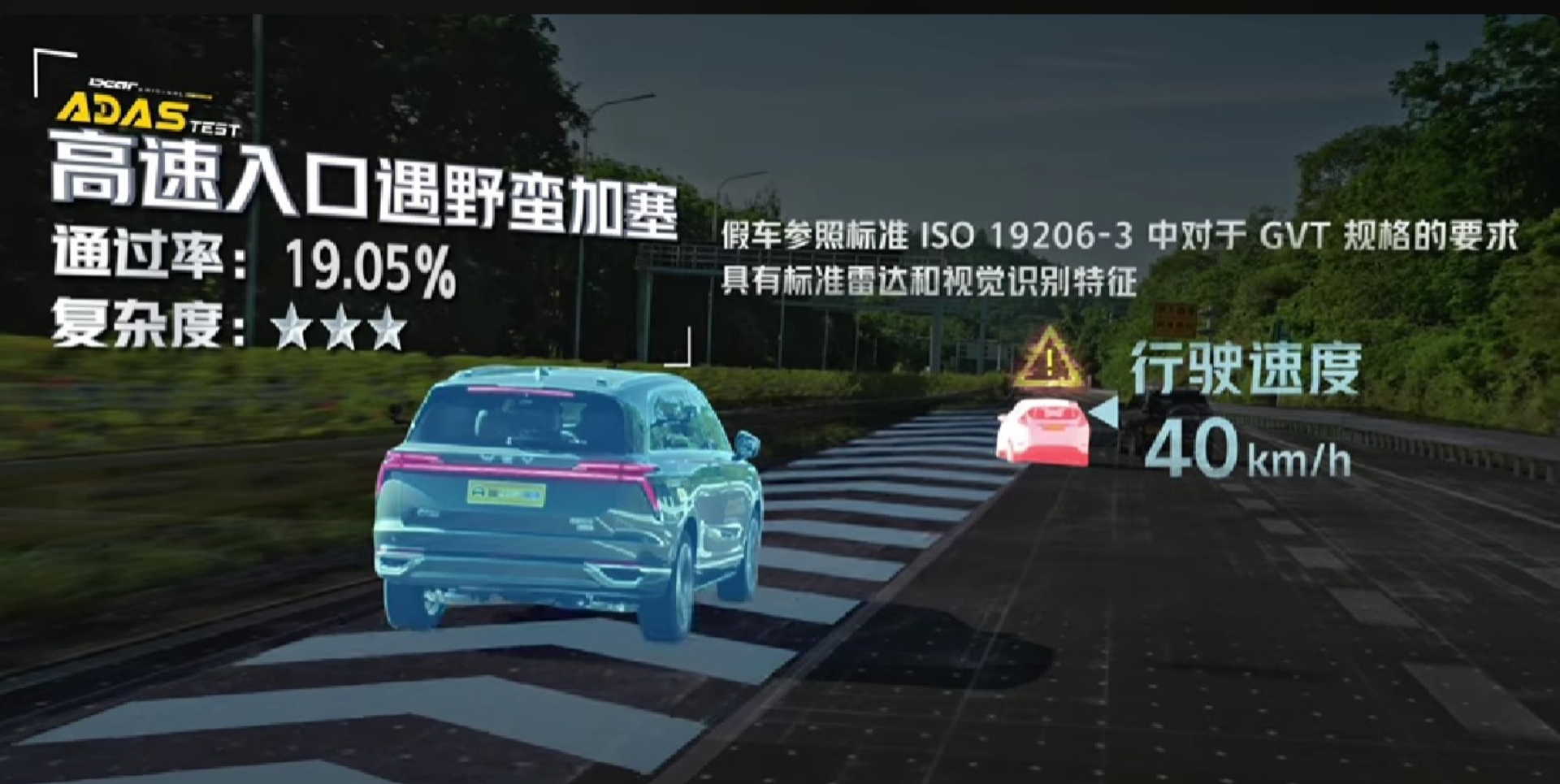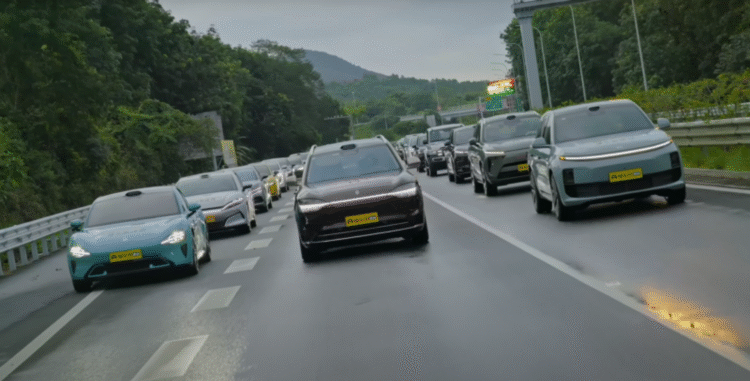While the electric vehicle (EV) sector is rapidly advancing with faster motors and quicker-charging batteries, vehicle safety still remains a critical concern. In light of this, the Chinese media outlet Dongchedi conducted an extensive ADAS (Advanced Driver Assistance Systems) test, evaluating 36 vehicles across 15 different scenarios. The test was posted on a YouTube channel known as DCARSTUDIO.
Usually, these tests are done in controlled environments; however, this particular multi-day test took place on a highway in China, which was temporarily closed off by the media outlet to facilitate the evaluation. The primary focus was on how effectively each vehicle’s physical crash structures protected occupants and, in some cases, other road users in the event of a collision.

Some big names were included in the test, including Tesla, Mercedes-Benz, BYD, Xiaomi SU7 Ultra, Denza, Toyota, and Xpeng. Some of the models are also available here locally in Malaysia. The first six tests were based on highway driving and included:
- Sudden highway obstacle
- Construction Zone with Truck Encounter
- Temporary Highway Construction
- Leading Vehicle Suddenly Disappears
- Aggressive Cutting-In At Highway Entrance
- Colliding pig crossing
At the end of the test, the Tesla Model X claimed the top spot, successfully navigating five out of the six challenging scenarios. It was also the only vehicle that managed to avoid a collision with the wild pig—an obstacle that caught many others off guard. The second spot was also claimed by the Tesla Model 3.

Another series of tests was conducted, this time focusing on urban driving scenarios. These included situations such as entering a roundabout, making a U-turn, encountering pedestrians crossing the street, and interacting with an aggressive e-bike. Out of the 36 vehicles from the highway test, 26 models participated in the urban evaluation.

Once again, the Tesla Model X came out on top, securing first place for its consistent performance. On the other end, Zeekr 7X and Onvo L60 continued to underperform. The models were joined by the Baojun Xiangjing and Wey Lanshan, which had previously performed well in highway tests but struggled in urban conditions.
These tests, which were conducted on a real highway with expected real-life scenarios, speak volumes about the safety features of the models and how they perform in times of emergency. This can also be taken as a call to manufacturers to improve their safety features.
(Source: DCARSTUDIO YouTube Channel)


